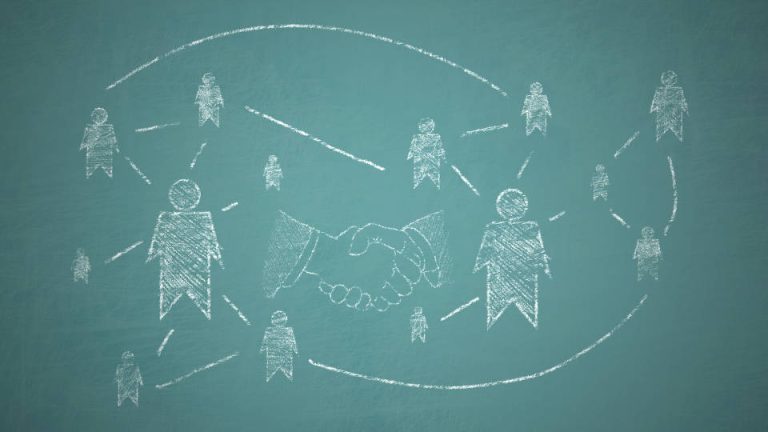A complex idea to get my head around: How do I understand “cruelty” concerning human behaviour?
I will deal with this topic in three blogs.
Blog 1
Cruelty is a term that is often associated with a deliberate intention to inflict pain on others. It is related to the Latin word “crudelitas,” which means unfeeling or hard-hearted. Compassion is The opposite of cruelty, defined as feeling or showing sympathy and concern for others. The Latin term for compassion is “misericors,” which means merciful and compassionate. Both these terms evoke emotional responses.
As humans evolved from being foragers to agricultural civilizations, our brains also evolved, and with it came the desire for dominance and power over others. This resulted in a balance between dominance and compliance, which societies needed to function. However, this balance often leads to patterns of perceived and acted-upon cruelty in relationships. These patterns can be seen in conflict-distance, over-adequate-under-adequate functions, symptom emergence in one spouse and the triangling process.
According to Dr Bowen, it takes six to eight generations in a family line to show the behaviour of chronic emotional dysfunction. This thinking lives and breaths in relationships and is managed through the described patterns. While these patterns may seem fixed, it’s essential to understand that they can be worked on. It will take time, but it takes conscious effort to break free from these patterns.
It starts by acknowledging that we are up against an emotional brain that has seen many centuries compared to the thinking brain. But it is doable; only it is in the capacity of humans to change, and that is one evolutionary brain region we have that the lower forms don’t have.
The question is, what stops it? I will discuss the patterns that work and compromise the factuality of what humans feel and act upon that feeling.







